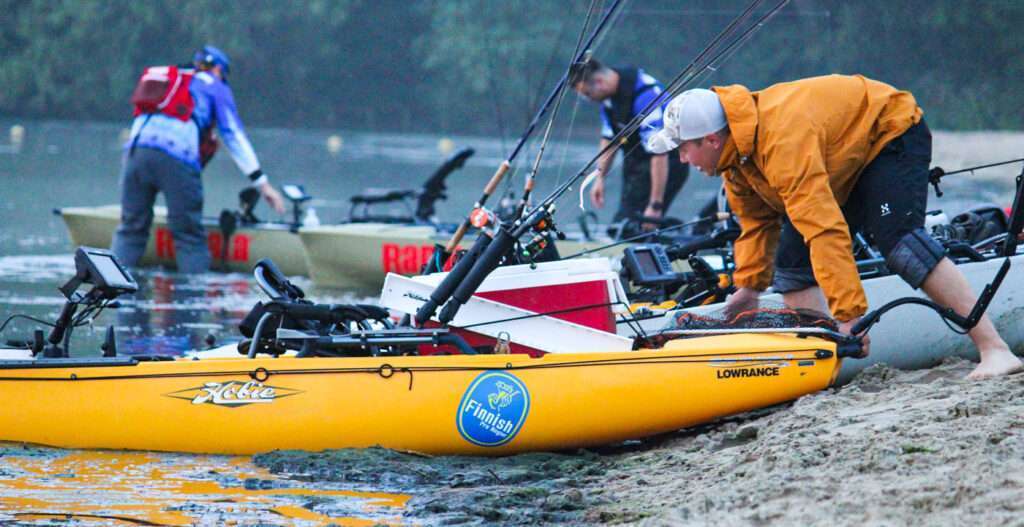Many peoples throughout history have operated dugout boats similar to our modern canoe. In the islands of the Pacific, canoes were typically stabilized by an outrigger, a small offshoot to one side of the boat that aided in keeping the boat balanced. Making your own outrigger is a simple addition to any canoe.
Instructions
Difficulty: Moderately Easy
Things You’ll Need:
- Saw Hammer Nails Three 6- foot 2-by-4s Tape measure Two C clamps (4 or 6 inches) File Sandpaper Two aluminum corner braces
- Saw
- Hammer
- Nails
- Three 6- foot 2-by-4s
- Tape measure
- Two C clamps (4 or 6 inches)
- File
- Sandpaper
- Two aluminum corner braces
Step 1
Measure your canoe. With a typical load in it, measure the side of the canoe from the top of the side to the level of the water. This will be the finished height of your outrigger.
Step 2
Cut the outrigger struts. Cut a piece of wood that is the width of your canoe, plus 2 feet. This is the horizontal strut. Cut a second piece of wood that is the height you measured in Step 1, less 3.5 inches. This is the vertical strut.
Step 3
Cut the outrigger. Cut two pieces of matching 2-by-4, 3 feet in length.
Step 4
Assemble the outrigger by nailing the two pieces of the outrigger together, forming a 4-by-4.
Step 5
Trim the outrigger. Using your saw, file, and sandpaper, give one end of your outrigger a V shape so it cuts through the water like your canoe, and then smooth and round the underside.
Step 6
Stain or paint your outrigger and allow it to dry for at least 24 hours. This will keep the outrigger waterproof and extend its lifespan.
Attach the Outrigger
Step 1
Nail the vertical outrigger strut to the underside of the end of the horizontal strut.
Step 2
Nail the outrigger to the vertical strut, using the aluminum corner braces to insure a solid connection.
Step 3
Attach the horizontal strut to both sides of the canoe using the C clamps, keeping the extensions of the clamps inside the canoe, not above it. This will allow you to remove the outrigger for easy transport.

